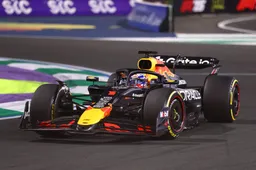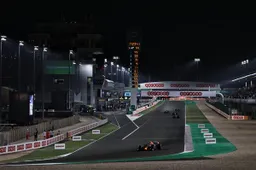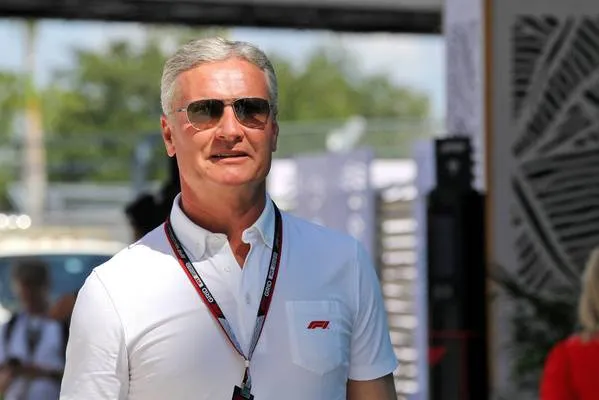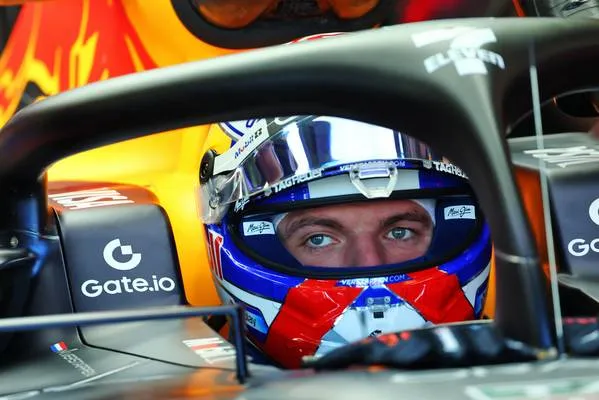Good news for the smaller teams in Formula 1. The FIA are adjusting financial regulations to allow teams to make infrastructure investments. Think new machinery or other investments that are for the longer term in operations. This is exactly what is going to change.
A few months ago, James Vowles, Williams' team principal, put his finger on the problem. Yes, he welcomed the budget cap, which would equalise the difference in spending by F1 teams. As a result, sporting differences would narrow. But one thing had not been thought of: if the smaller teams wanted to bring their facilities up to the same level of the top teams, this would require investment and that was difficult to do with the new financial regulations.
Red Bull and Mercedes had an edge
Teams like Red Bull and Mercedes - when unlimited money could still be spent - had already built high-quality facilities. But by now financial rules allowed teams to spend only $36 million over a four-year period on software or machinery, for example. The smaller teams - and Williams in the lead - argued that this still made it impossible to catch up with the bigger teams.
Recognising this, the FIA created a compromise: Annexes 1 and 3 of the Financial Regulations have been rewritten. Initially, for the period to 31 December 2023, an inflation supplement will be calculated on the $36 million, which can now be used over four years. In practice, that means it will be increased to 45 million at the end of this season, over four years.
Small teams have more room
From next season, the maximum spending on capital investment is related to the final ranking in the championship in 2020, 2021 and 2022. Williams, Haas, Sauber and AlphaTauri are allowed to invest a total of $65 million over the four-year period. For McLaren, Alpine and Aston Martin, the so-called capex limit will be raised from $45 million to $58 million by the end of 2024. The three top teams Red Bull, Ferrari and Mercedes can still invest $51 million instead of originally $45 million. For the 2025 season, investments made in 2021 come into the calculation, so this is how the limit shifts.
Read more about:
Popular on GPBlog

1
F1 LIVE | Verstappen and Red Bull warned, early exit from Ferrari predicted for Hamilton
1538 times read

2
Kelly Piquet shows off baby tummy on Verstappen's Yacht
689 times read

3
Horner looks forward to 'Exciting' new project with Red Bull Racing: 'No risk, no fun'
654 times read

4
Ferrari announces this striking new look for the Miami Grand Prix
569 times read













